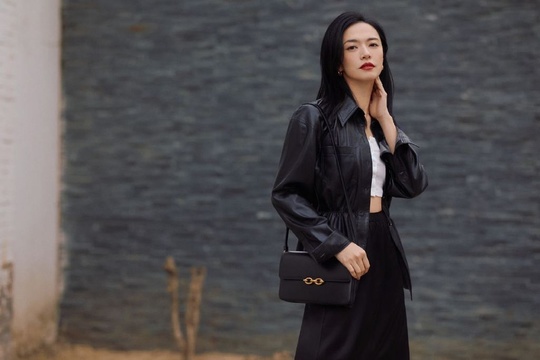Bard and Chat GPT: The Intersection of Art and Artificial Intelligence
Art and technology have always had a fascinating relationship. From the dawn of civilization, humans have used technology to enhance their artistic creations. In recent years, artificial intelligence (AI) has emerged as a powerful tool in the world of art. One fascinating intersection of AI and art is the collaboration between a bard and Chat GPT.
The Bard: A Timeless Tradition of Storytelling
For centuries, bards have been the custodians of oral traditions, passing down stories from generation to generation. Bards were not only skilled musicians and poets but also skilled improvisers who could adapt their performances to engage their audience. The importance of the bardic tradition cannot be understated, as it played a vital role in preserving cultural heritage through storytelling.
However, in today’s fast-paced world, the art of storytelling is not as prevalent as it once was. With the advent of technology, traditional bardic performances have given way to other forms of entertainment. This raises the question: Can AI, specifically Chat GPT, be used to revive and reinvent the age-old art of storytelling?
Chat GPT: The Rise of Artificial Intelligence
Chat GPT, short for Chat Generative Pre-trained Transformer, is an AI model developed by OpenAI. It is designed to generate human-like text responses based on prompts given by users. This AI language model has been trained on a vast amount of internet text, enabling it to understand and respond to a wide range of topics.
Originally, Chat GPT was developed as a means of enhancing online conversational experiences. However, its potential applications extend beyond casual conversation. The ability of Chat GPT to generate coherent and contextually relevant text has sparked the interest of artists and creators across various fields.
A Collaboration in Artistic Expression
Bringing together the bardic tradition and Chat GPT opens up new possibilities for artistic expression. Imagine a bard using Chat GPT as a creative partner, providing prompts and collaborating in real-time to craft compelling narratives. The bard’s ability to infuse emotions and adapt to the audience’s reactions could be enhanced by the AI’s vast knowledge and linguistic capabilities.
With the help of Chat GPT, the bard could experiment with different narrative structures, explore new themes, and engage in dynamic storytelling. The AI model could suggest alternative plot twists, dialogue options, or historical references that the bard may not have considered. This collaboration could lead to dynamic and interactive performances that captivate audiences in unprecedented ways.

Challenges and Ethical Considerations
While the collaboration between a bard and Chat GPT holds immense promise, there are also several challenges and ethical considerations that need to be addressed. One concern is the potential loss of human creativity and uniqueness in the artistic process. Can AI truly replicate the profound connection between a storyteller and their audience?
Additionally, there are concerns related to data privacy and ownership. Chat GPT requires massive amounts of data for training, raising questions about who owns the narratives and artistic creations generated by the collaboration. Ensuring that artists maintain control over their works and the AI’s influence remains a tool rather than a replacement is crucial.
The Future of Artistic Collaboration
The collaboration between the bard and Chat GPT is just one example of how AI can be used to enhance artistic expressions. The intersection of art and technology continues to evolve, presenting new opportunities and challenges.
As AI technologies become more sophisticated, artists will need to consider how to leverage them while preserving the authenticity of their craft. Striking a balance between human creativity and AI’s capabilities will be crucial in ensuring that the artistic process remains a profound and meaningful experience.
Ultimately, the collaboration between the bard and Chat GPT opens up a world of possibilities for the future of storytelling and artistic expression. It is a testament to the ever-evolving nature of art and technology, reminding us that even in the age of AI, human creativity will always shine through.


